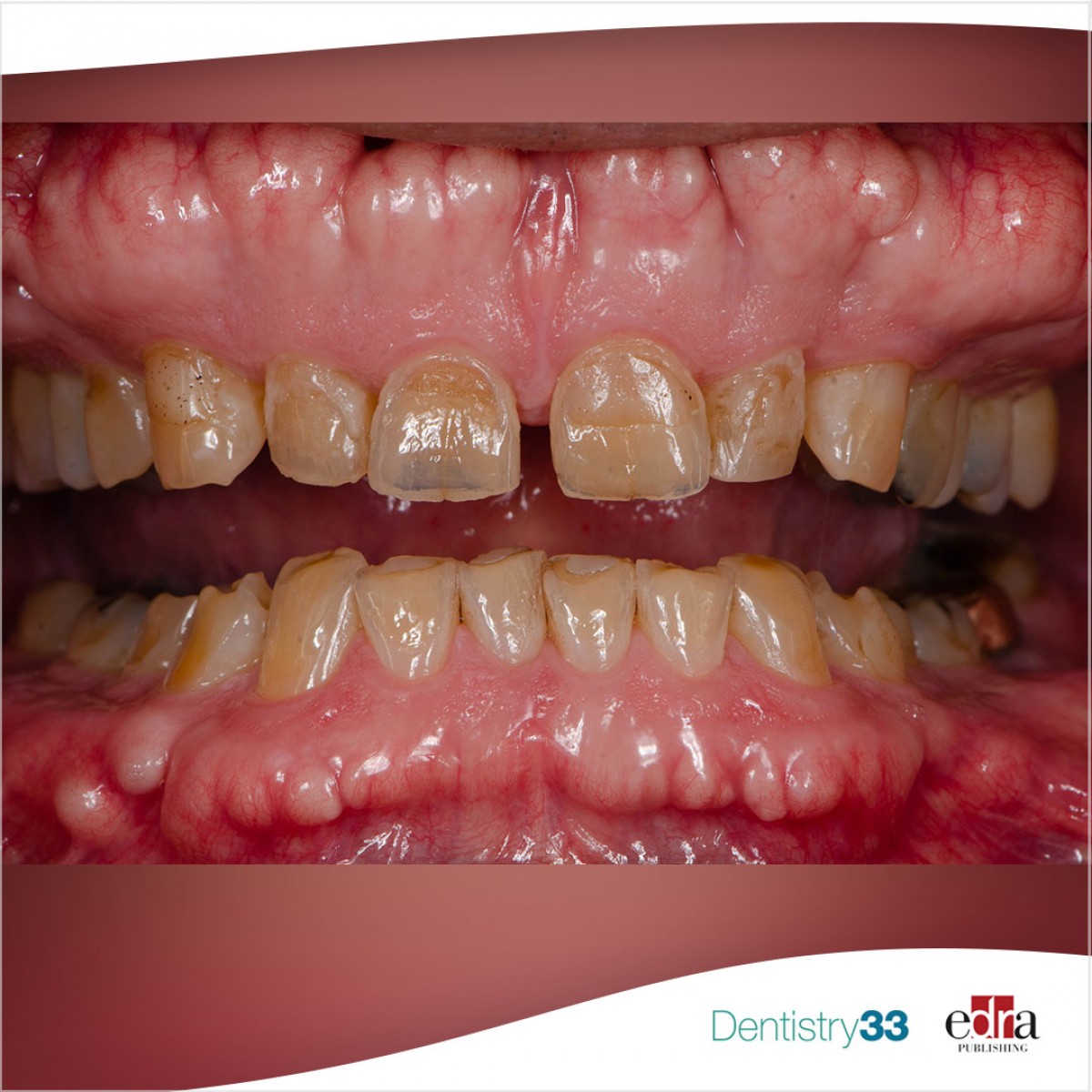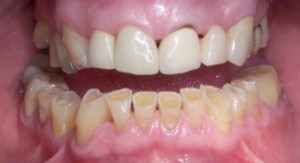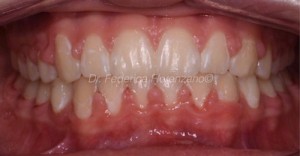
Dental wear: what are the risk factors?
Lara Figini
Tooth wear (TW) is the loss of hard tooth tissue from the surface not due to caries, trauma or developmental disorders.
There are various causes of wear including friction, erosion, abrasion and abfraction, caused by tensile stress generated by non-axial cyclic occlusal forces.
In severe cases of TW, patients may suffer from severe pain and psychosocial issues due to compromised aesthetics, masticatory dysfunction, temporomandibular joint disorders, masticatory muscle disorders and orofacial pain. These issues can have a significant impact on a person’s quality of life.
TW is a multifactorial phenomenon which can be physiological or pathological. Knowing the risk factors is essential to promote the diagnosis, prevention strategies and timely interceptive treatment. In addition, knowledge of risk factors for TW and adequate clinical screening could detect associated pathologies.
Materials and methods
In a review published in May 2023 in the Journal of Oral Rehabilitation, the authors describe factors associated with TW in the permanent dentition based on quantitative measurements. Researchers conducted a search in October 2022 via Medline (PubMed interface) and Scopus. Two independent reviewers selected and analyzed the studies.
Results
The research team identified 2,702 articles for evaluation of titles and abstracts and included 273 studies in the review. The results show the need to standardize TW measurement indices and study design.
The studies included in the review highlighted numerous factors associated with dental wear: sociodemographic factors, systemic pathologies, drinking habits, eating habits, oral hygiene habits, dental factors, bruxism and temporomandibular disorders (TMD), behavioral factors and stress.
Findings related to chemical wear (erosion) risk factors underline the importance of eating disorders, gastroesophageal reflux and lifestyle, especially alcohol consumption and eating behaviors, supported the need to develop educational campaigns and public health interventions.
In addition to chemicals, this review identifies several mechanical risk factors for TW, such as toothbrushing and bruxism. The influence of the latter factor needs to be explored in future studies.
Conclusions
From the data of this review, researchers concluded that the management and prevention of TW requires a multidisciplinary approach. The authors said that practitioners’ information and guideline diffusion should be promoted, and a TW risk factors checklist (the ToWeR checklist) is proposed to help diagnostic approaches.
For more information: "Risks factors of tooth wear in permanent dentition: a scoping review."
 Related articles
Related articles
Oral pathology 18 March 2021
Dental erosion can affect the long-term health of the mouth. This condition is associated with the loss of hard dental tissues due to the chemical action of dietary or stomach acids. Patient...
Restorative dentistry 14 July 2020
Post-orthodontic white-spot lesions: are resin infiltration and microabrasion effective treatment?
Co-authors: A. Comba, F. Florenzano
The development of white spot lesions (WSLs) is one of the most common adverse effects of orthodontic treatment. During the orthodontic treatment the...
Implantology 07 March 2024
The longevity of teeth, dental restorations and dental implants is influenced by a number of factors, those related to the materials used, technical factors and patient-related factors.
The inconclusiveness and scarcity of research focusing on the association between oral behavior and painful TMD accentuates the necessity for further studies in this specific area.
Almost 55% of adolescents have tooth sensitivity, bleeding gums, clenching or grinding of teeth and pain or difficulty opening or closing the mouth, according to the Sanitas Oral Health Study 2023.
 Read more
Read more
Editorials 10 October 2025
With proud smiles and crisp white coats, ninety-three learners from the DDS Class of 2029 and the International Dentist Pathway Class of 2028 marked the start of their dental careers at the UCSF...
Periodontology 10 October 2025
Continuous professional development (CPD) in Periodontology refers to the overall framework of opportunities that facilitate a life-long learning practice, driven by the learner-practitioner and...
TheraBreath, the #1 alcohol-free mouthwash brand in the U.S.*, has introduced a new line of dentist-formulated, clinically tested toothpastes designed to support professional oral care...
News 10 October 2025
New officers and trustees were installed at the Minnesota Dental Association’s Leadership Conference on September 19 in Minneapolis.
News 10 October 2025
Smartee Denti-Technology today announced that Professor Gang Shen, its Chief Scientist and Executive President of TaiKang ByBo Dental, has once again been named to the World’s Top 2% Scientists...















